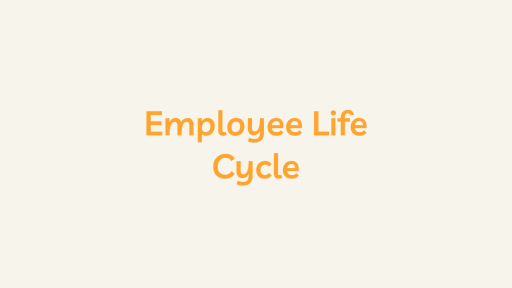Form I-9, officially titled the Employment Eligibility Verification Form, is a crucial document used in the United States to verify the identity and employment authorization of individuals hired for employment. The U.S. Citizenship and Immigration Services (USCIS), a Department of Homeland Security (DHS) component, administers and enforces the use of the Form.
Purpose of Form I-9
The primary purpose of Form I-9 is to ensure that employers hire authorized individuals to work in the United States. By completing this form, employers attest to their employees’ identity and employment eligibility, while employees affirm their eligibility to work.
Who Must Complete Form I-9
Both employers and employees play a role in completing the Form. All U.S. employers must ensure proper completion of the Form for each person they hire, regardless of their citizenship or immigration status.
When to Complete Form I-9
Form I-9 must be completed for all employees, including both citizens and noncitizens, at the time of hire. The process should be initiated no later than the first day of employment. Employers must also revert the employment authorization of employees with temporary work authorization when their authorization expires.
Components of Form I-9
The Form consists of three sections:
- Section 1 (Employee Information and Attestation): The employee completes this section at the time of hire. It includes personal information, citizenship or immigration status, and attestation regarding the individual’s work eligibility.
- Section 2 (Employer Review and Verification): The employer completes this section. It involves examining the employee’s original documents to establish their identity and eligibility to work. The employer must complete this section within three business days of the employee’s first work day.
- Section 3 (Reverification and Rehires): This section is used to re-verify the employment authorization of employees with temporary work authorization when it expires. Employers may also use this section when rehiring employees within three years of the initial the Formcompletion date.
Acceptable Documents for Verification
Employees must present specific documents to establish both identity and employment eligibility. These documents fall into three categories: List A (documents establishing both identity and employment eligibility), List B (documents establishing identity only), and List C (documents establishing employment eligibility only).
Penalties for Noncompliance
Employers who fail to comply with Form I-9 requirements may face penalties, including fines and other legal consequences. Employers need to follow the prescribed procedures and deadlines to avoid potential liabilities.
Electronic Form I-9
While paper forms are still acceptable, employers can use an electronic version of the Form, provided they comply with specific requirements outlined by USCIS.
Conclusion
Form I-9 is a critical tool in maintaining the integrity of the U.S. workforce by ensuring that individuals hired for employment are authorized to work. Employers and employees alike must understand the requirements and procedures associated with the Form to comply with U.S. immigration laws and regulations. Failure to do so may result in significant consequences for employers, making it imperative to prioritize accurate and timely completion of this form.





